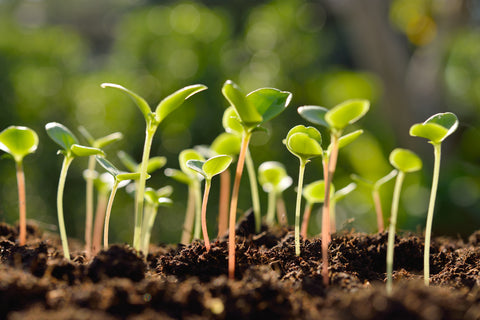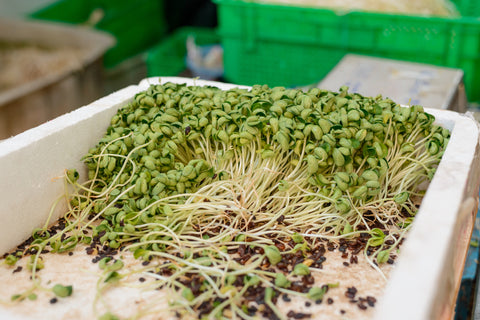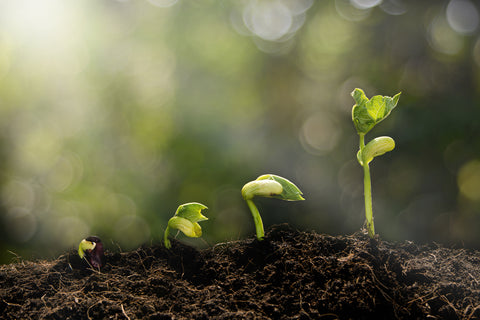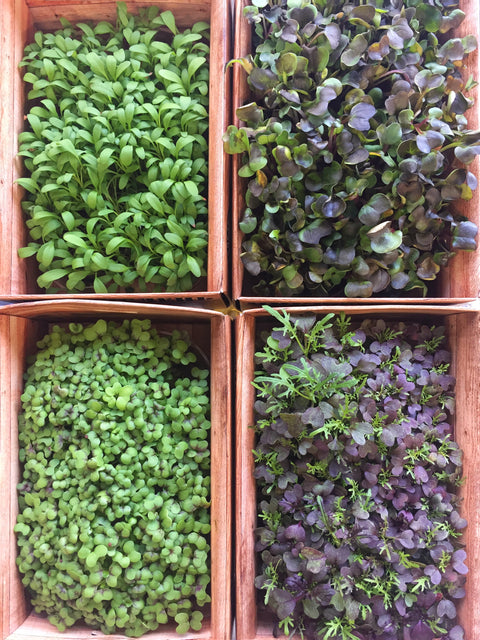This is your gateway to sprouting knowledge
Following the sections below will guide you through everything from The Basics of Sprouting (Growing) to the politics of food.
See Sprouting Instructions for detailed instructions on how to grow every seed we sell. (We link to these pages from all of our Seeds pages, but this is another way to reach them.)
Our Help page offers answers to frequently asked questions, as well as a glossary of sprout and plant terminology.
Seed Taxonomy will lead to a chart that clarifies the family relationships of our seeds.
We wish we could say that we have loads of Nutrition information, but the fact is; there is little to be had. Sprouts are not a big money industry, so sadly they have been oft overlooked when it comes to research. Still, we have gathered - and continue to gather - all we can find, so do check out our Sprout Nutrition section. You'll learn something of the politics of food (especially as relates to sprouts) there as well.
There is much to be learned, so please enter the portals (by clicking the links or pictures) below and wander freely.
Sprouting Basics
Discover the fundamental techniques and tips for successful sprouting with our comprehensive Sprouting Basics guide.
Sprouting Glossary
Explore essential sprouting terminology with our comprehensive Sprout Glossary.
Sprout FAQs
Get answers to all your sprouting questions with our detailed Sprout FAQs guide.
Sprouting Taxonomy
Explore our alphabetical list of sprouting seeds, organized by Family, Genus, and Species, revealing fascinating plant relationships.







